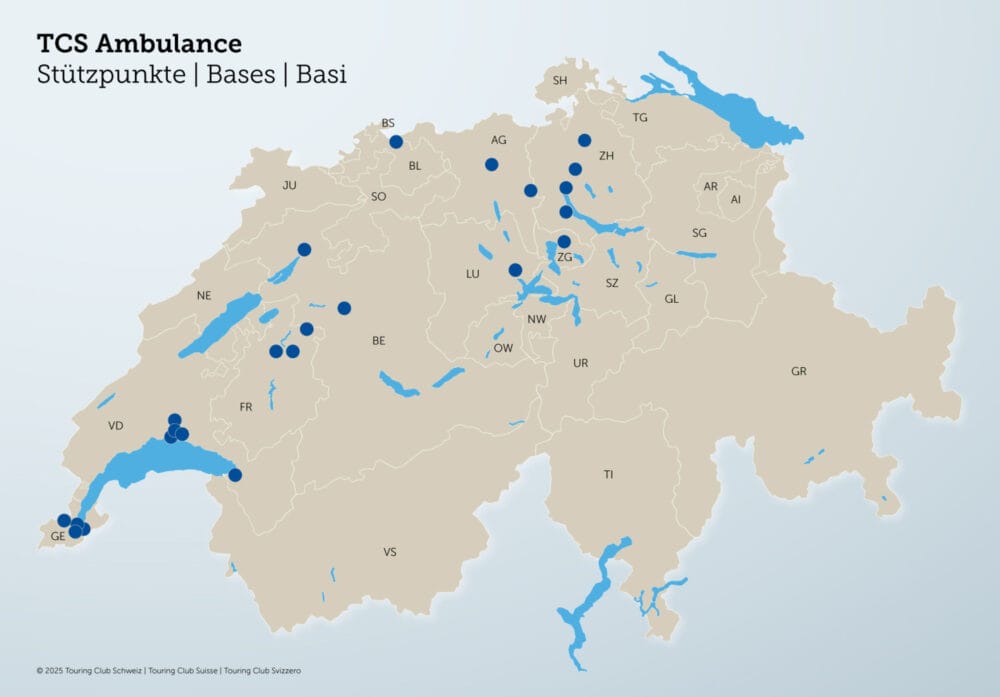Artificial intelligence improves imaging
ETH researchers are using artificial intelligence to improve image quality in a relatively new medical imaging method. This will make it possible to better diagnose diseases and produce more cost-effective devices in the future.

Scientists of the ETH Zurich and the University of Zurich have used machine learning methods to improve optoacoustic imaging. This relatively new medical imaging technique can be used, for example, to visualize blood vessels inside the body, examine brain activity or diagnose breast cancer and skin diseases. However, the image quality provided by a device depends heavily on its number of sensors and their distribution: The more of them, the better the image quality. The ETH researchers' new approach makes it possible to significantly reduce the number of sensors while maintaining image quality. This can reduce device costs, increase imaging speed or improve diagnosis.
Optoacoustics has certain similarities to ultrasound imaging. In the latter, a probe sends ultrasound waves into the body, which the tissue reflects. Sensors in the probe detect the reflected sound waves, and from these it is possible to obtain a Image of the inside of the body. In optoacoustic imaging, on the other hand, extremely fast laser pulses are sent into the tissue, where they are absorbed and converted into ultrasound waves. These are then detected in a similar way to ultrasound imaging to create an image.
More info









